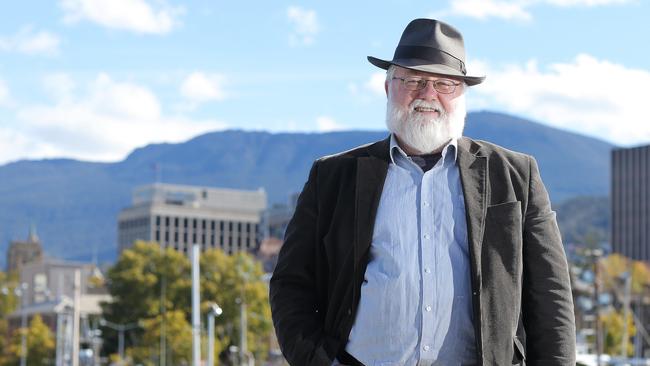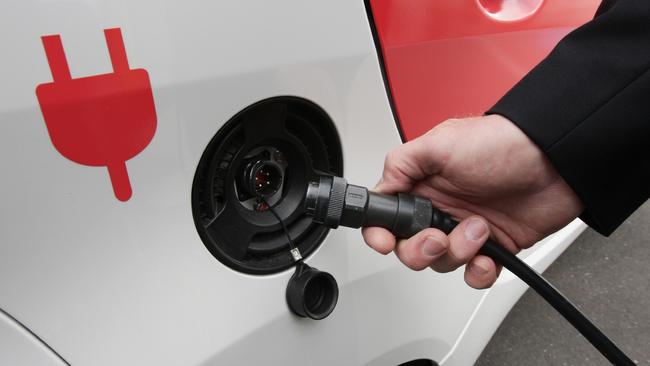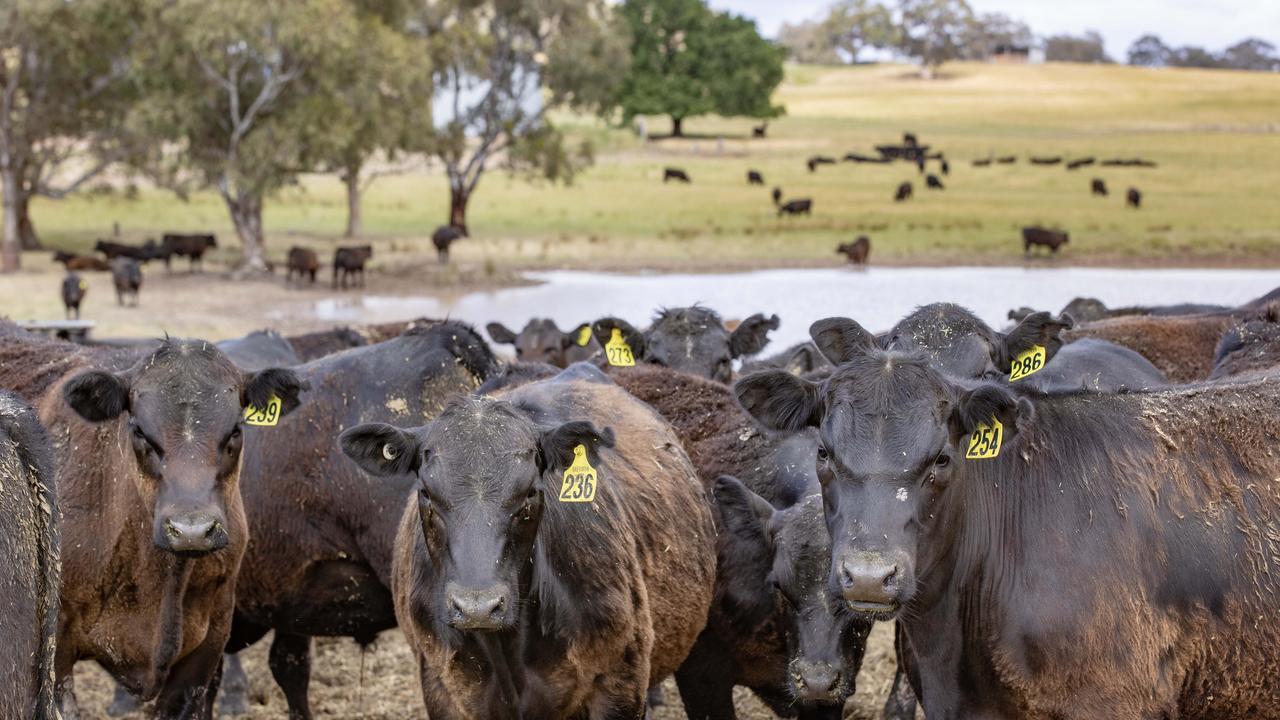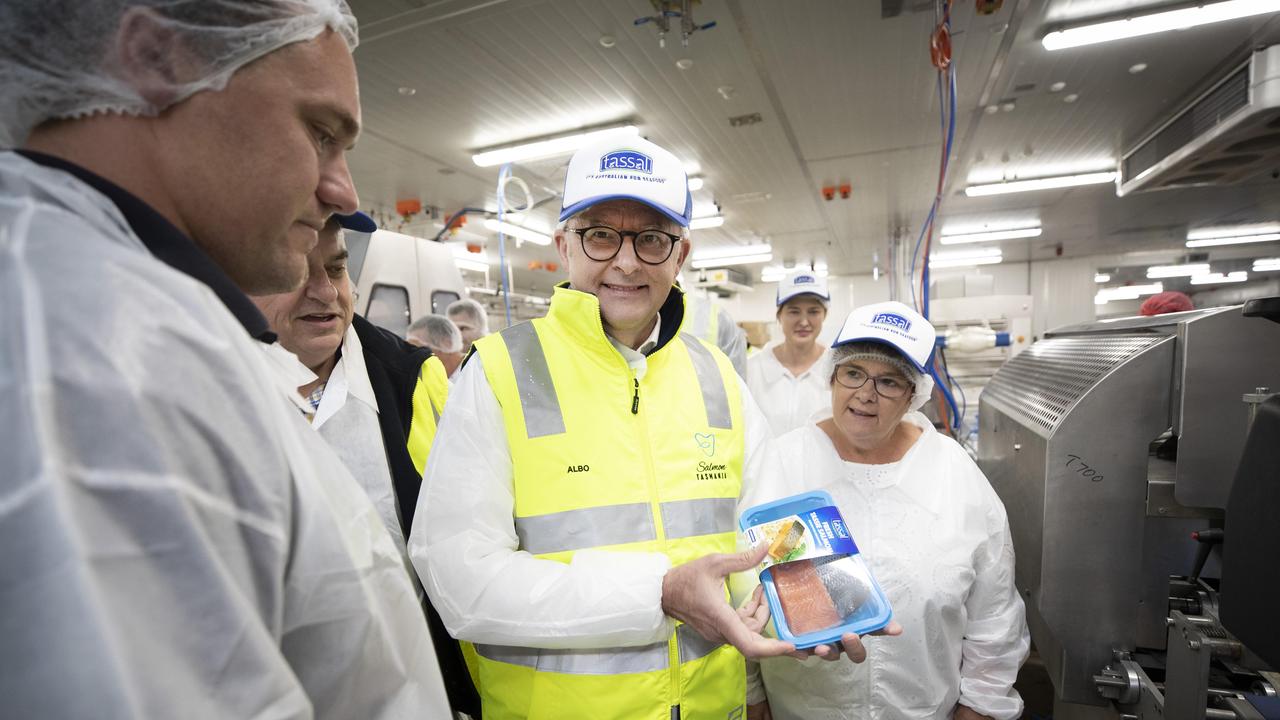Future Hobart buildings could require electric vehicle charging points
FUTURE large or multiple dwelling developments in Hobart could be required to contain electric vehicle charging points.
Politics
Don't miss out on the headlines from Politics. Followed categories will be added to My News.
FUTURE large or multiple dwelling developments in Hobart could be required to contain electric vehicle charging points.
The Hobart City Council will propose this is included in any future review of the State Planning Provision requirements.
Hobart’s acting director of city planning James McIllhenny said the issues would be raised when the provisions were next reviewed, in a response to a question without notice from HCC Alderman Bill Harvey. But this is set to be five years away, with the latest provisions coming into force on July 1.
Ald Harvey had asked whether large or multiple dwelling developments in Hobart should be “future-proofed” by requiring the installation of electric vehicle charging points.
He said it was about ensuring Hobart developments were prepared for the future.
“We will eventually, and hopefully soon, start the transition to electric cars,” he said.
“So we need to have homes that don’t need to be retrofitted. I think it just makes sense.”

Some city developments already contain the necessary infrastructure to house the ports.
“It was discussed at a recent meeting about a development at Elizabeth St,” Ald Harvey said.
“That’s where I got the idea to ask about it at the meeting.
“It’s great to see that some are already discussing it but Australia is still behind other countries when it comes to electric vehicles and how people are charging them.”
The recently released Tasmanian Energy Strategy said the electric vehicle uptake in the state could be rapid if prices dropped to the point where buying such a vehicle was more financially attractive than the alternatives.
The State Government is working with Hydro Tasmania and TasNetworks to build a business case to deploy electric vehicles in government and private vehicle fleets.
But the report said overall there was some uncertainty over what the future of the vehicle market would look like — limiting the State Government’s efforts to stimulate the market to an extent.
“ ... There is a significant risk the market may evolve in a different direction and be based on different technology, resulting in stranded assets and wasted investment,” it stated.



